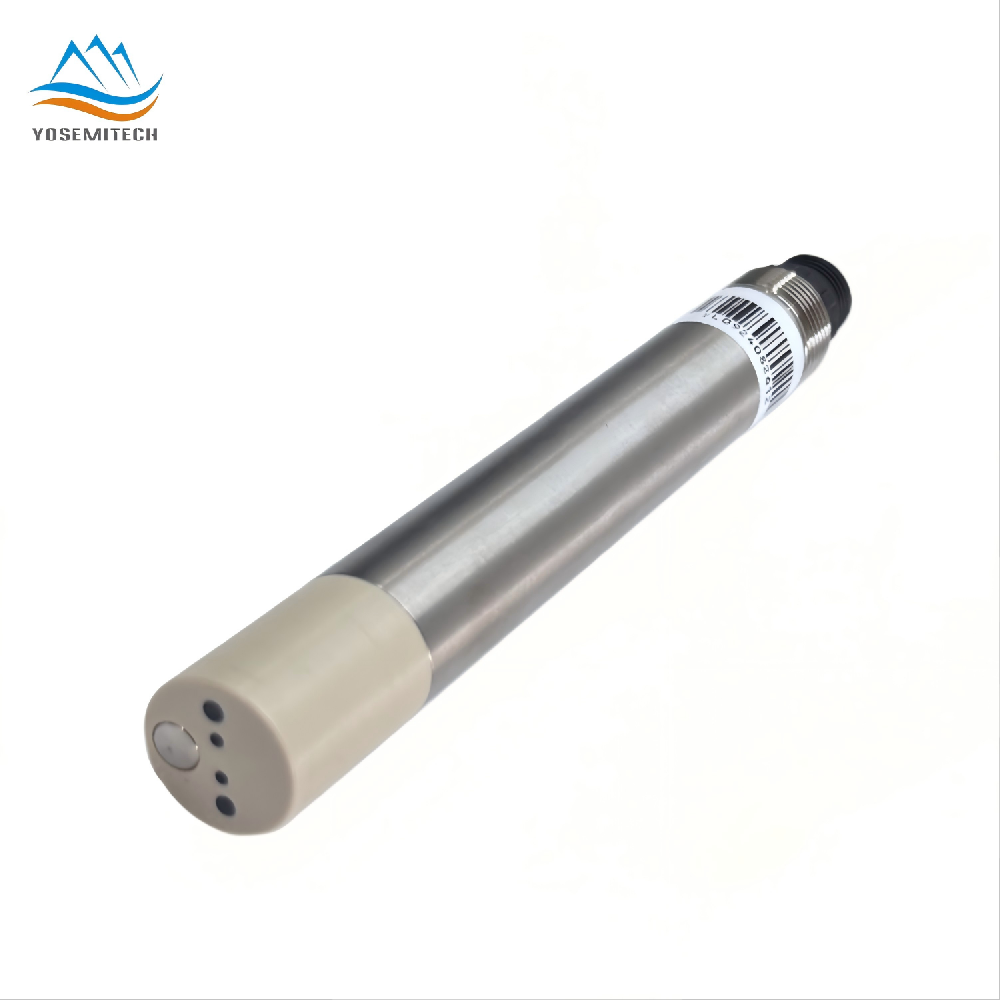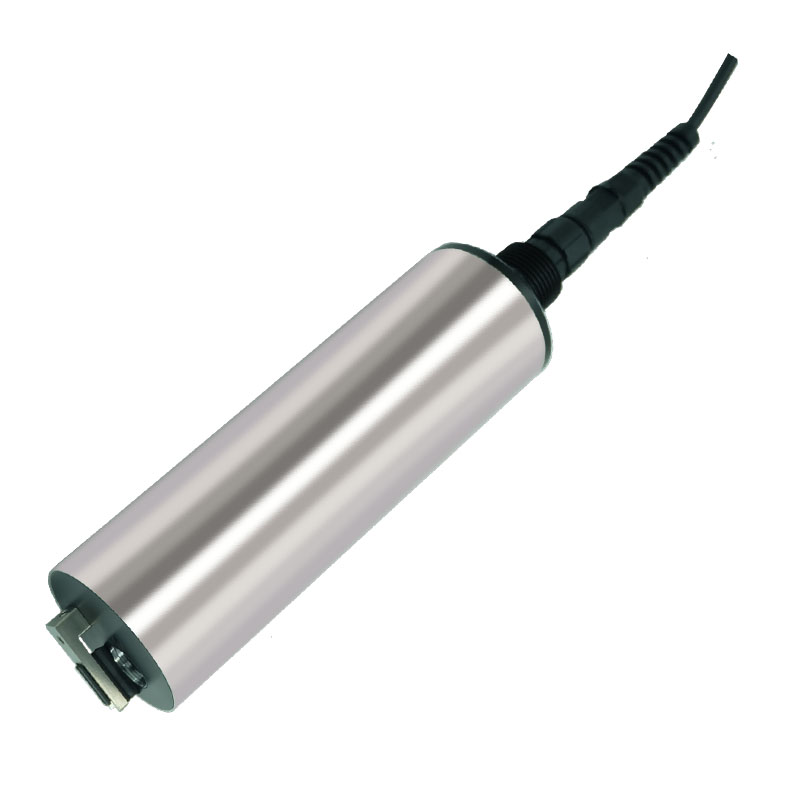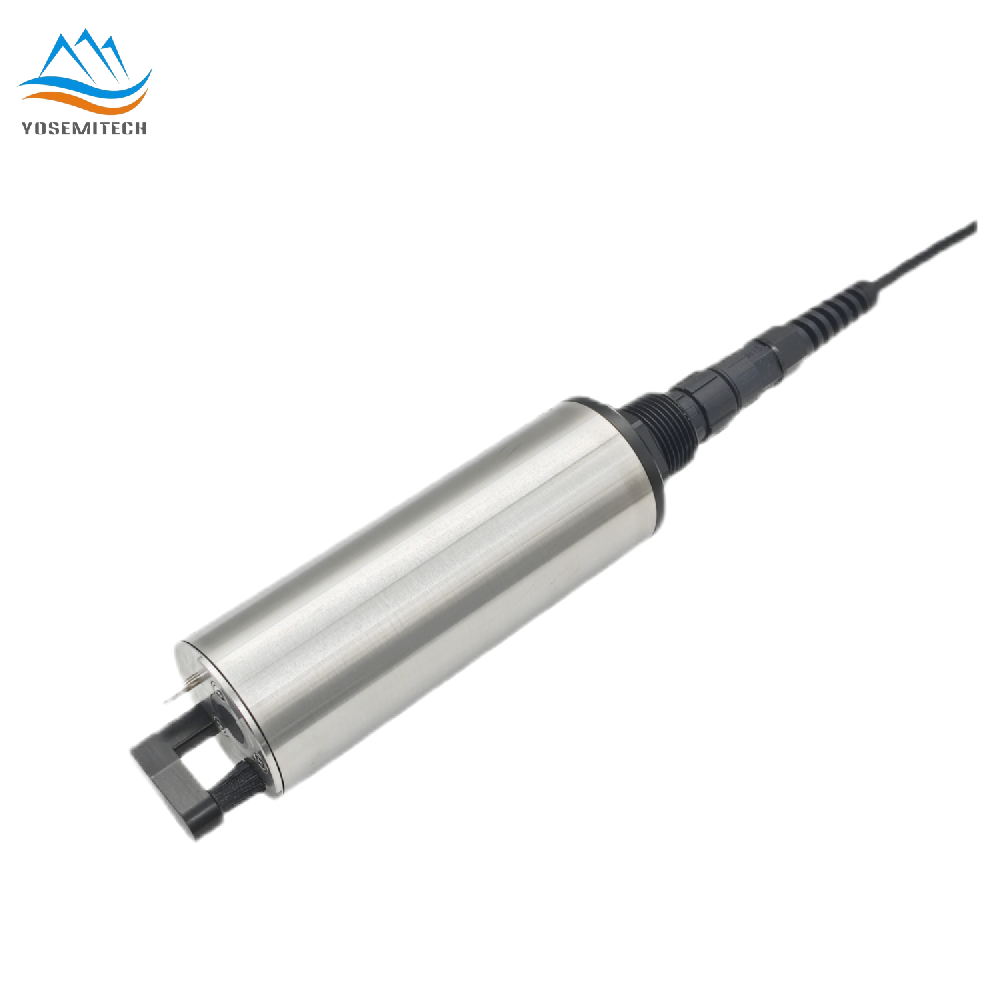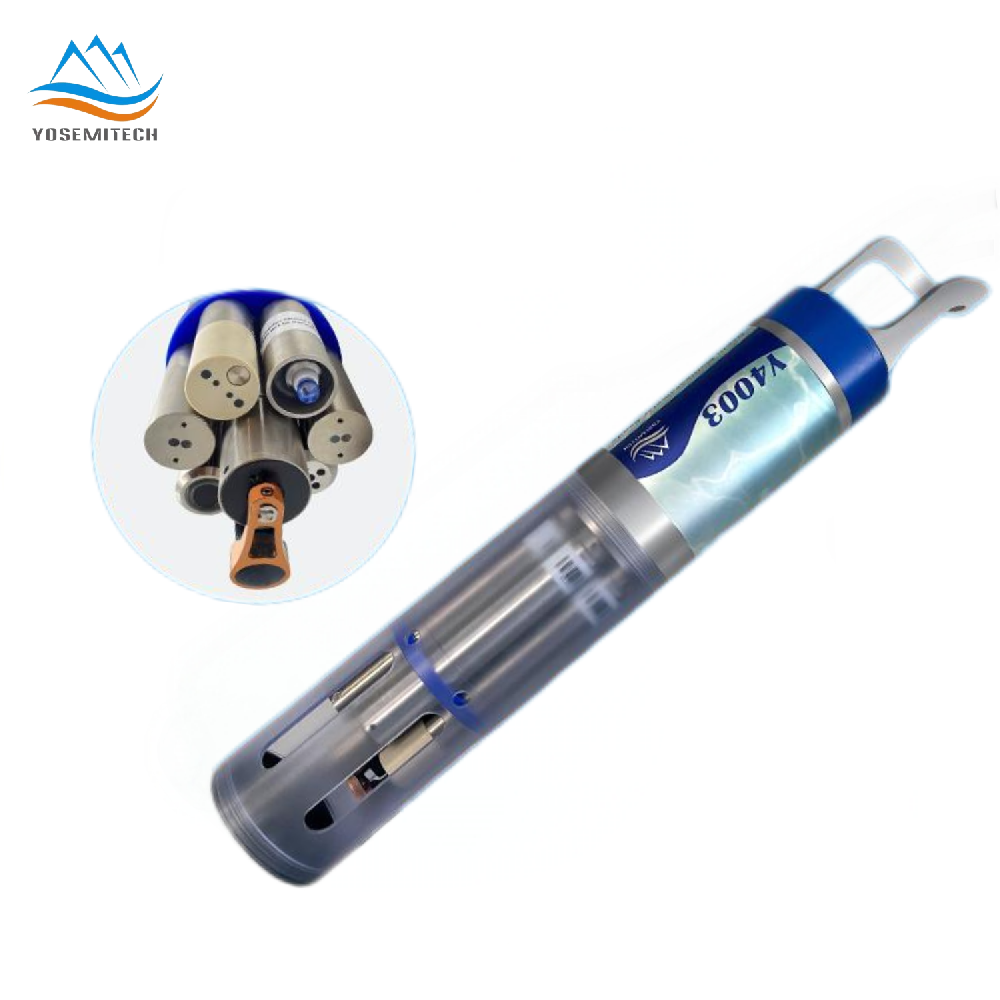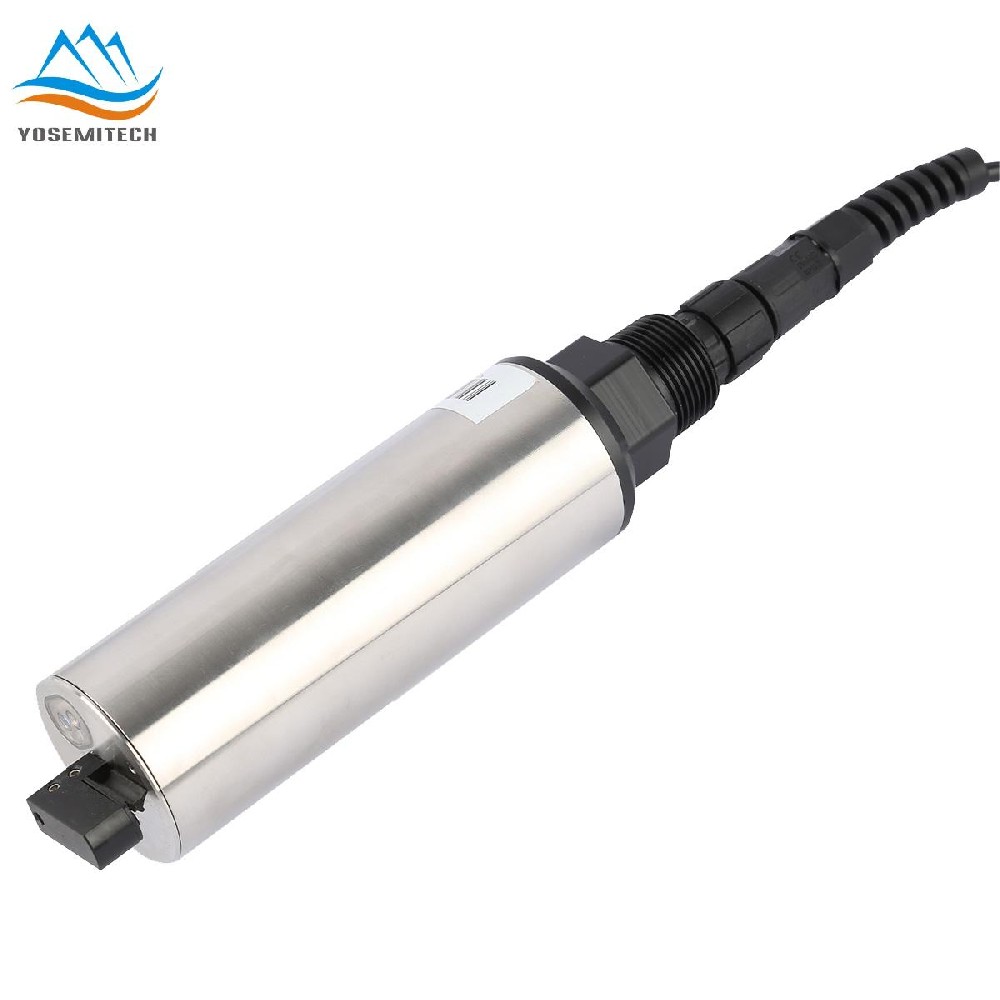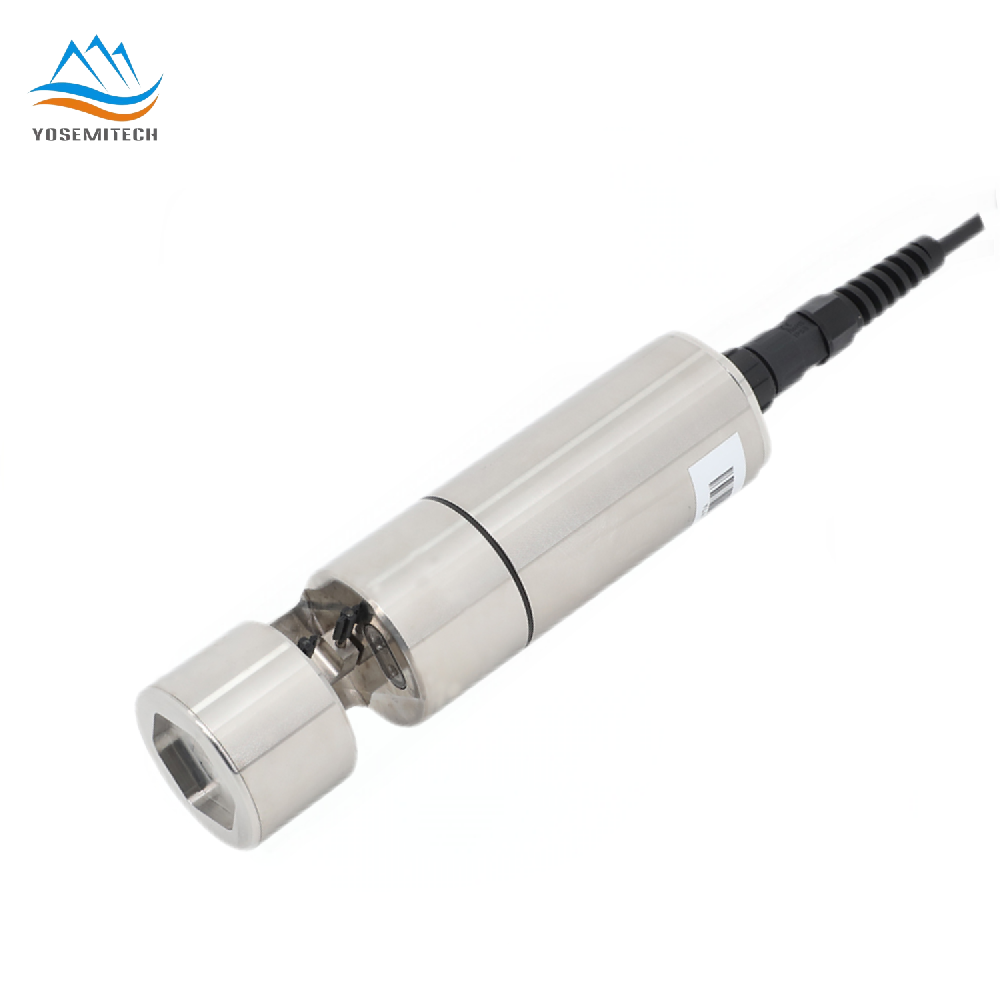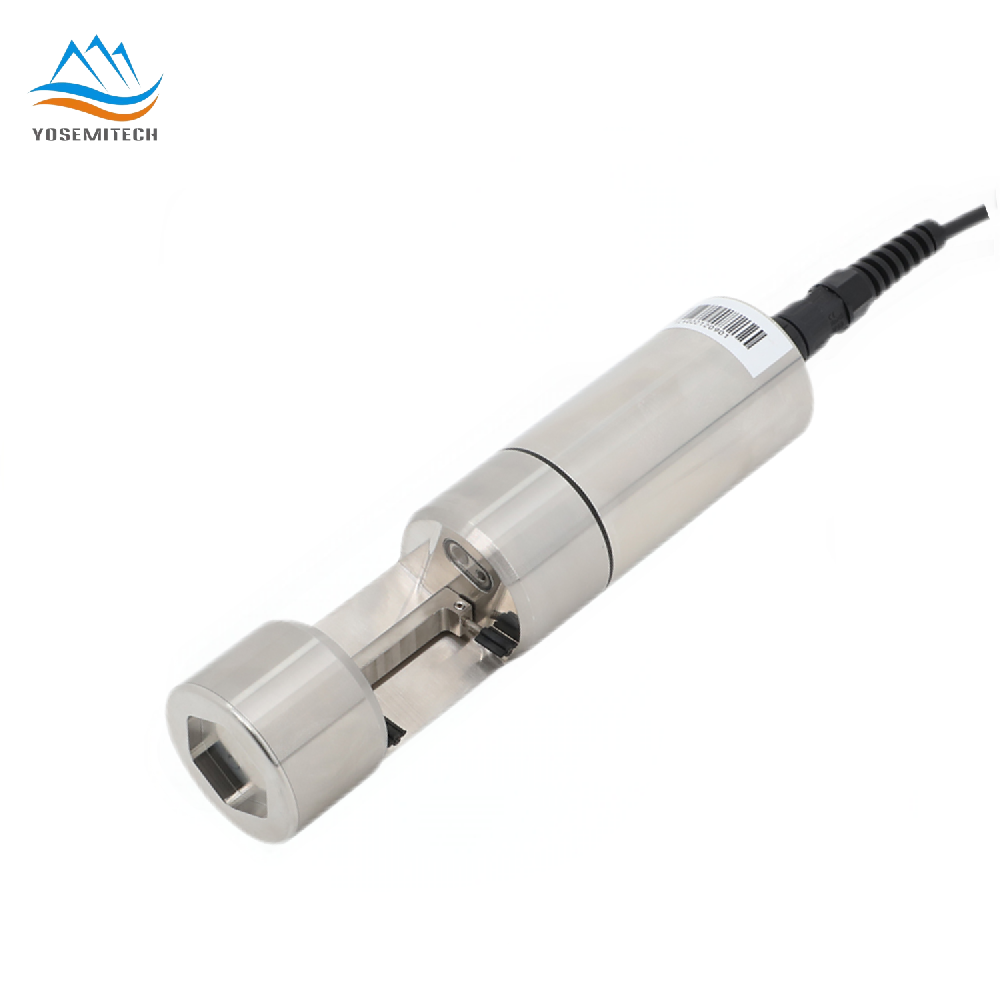Industry news
Relationship between pH and TDS
Writer: admin Time:2024-01-08 15:51:57 Browse:3650℃
Why is Important to Measure TDS and pH Levels for Drinking Water?
TDS and pH are two different indicators of drinking water that need to be tested. TDS is called Total Dissolved Solids, which can be approximated as the salt content of the water. The larger the TDS value, the higher the salt content of the water, and the smaller the TDS value, the lower the salt content of the water, and the purer the water. Drinking water TDS value is generally in the 600mg/L or so.
PH indicates the acidity of water:
pH > 7 is alkaline, with higher values indicating stronger alkalinity.
pH = 7 is neutral.
pH < 7 is acidic, with lower values indicating stronger acidity.
Nowadays, drinking water is formulated in various ways; the pH value is not fixed, but neutral and slightly alkaline is generally better.
Why Monitoring is Essential?
Monitoring the TDS and pH levels in drinking water is crucial for several reasons:
Detection of Harmful Contaminants: High TDS levels or low pH levels often indicate the presence of other harmful contaminants. This makes it essential to keep an eye on these indicators to ensure the water's safety.
Early Warning System: Changes in TDS and pH can serve as early warning signals for pollution or other issues in the water supply. By tracking these changes, you can detect problems before they escalate.
Ease of Measurement: Both TDS and pH are relatively easy to measure, making regular monitoring feasible for almost anyone.
Immediate Action: Keeping track of these levels allows for swift action if any changes are detected, ensuring that the water remains safe for consumption.
While understanding the TDS and pH values can give you insights into the water's purity and acidity, actively monitoring these levels can protect you from potential health risks and provide early warnings for any issues in your water supply.
What happens to water when the TDS level is high?
Alone, a high concentration of dissolved solids is usually not a health hazard. Many people even buy mineral water with naturally elevated levels of dissolved solids. However, high TDS levels can affect water in several ways:
Aesthetic and Taste Factors
Taste: Water with very low TDS can taste flat, which many find undesirable. A study by the World Health Organization found that people have preferences for certain TDS levels because they affect the taste.
Technical Effects
Hard Water: High TDS can create hard water, which leads to deposits on fixtures and inside hot water pipes and boilers.
Soap and Detergent Efficacy: Soaps and detergents lather less effectively in hard water.
Maintenance Issues: High TDS can stain household fixtures, corrode pipes, and cause a metallic taste. It also causes water filters to wear out faster due to the high mineral content.
For instance, the minerals deposited by water with high TDS can cause significant buildup in plumbing, similar to how minerals accumulate in natural formations.
Potential Contaminants
While TDS itself may be an aesthetic and technical factor, a high concentration can indicate the presence of harmful contaminants like iron, manganese, sulfate, bromide, and arsenic. This is especially true when the excessive dissolved solids are a result of pollution from runoff and wastewater discharges.
Understanding TDS and its effects can help you make more informed decisions about your water quality and treatment options.
Related articles:
https://e.yosemitech.com/industry/The-Important-Role-of-pH-Sensor-in-Water-Quality-Measuring.html
https://e.yosemitech.com/industry/What-pH-standard-should-drinking-water-be.html
https://e.yosemitech.com/industry/WhatdoespHvaluerepresent.html
CATEGORIES
CONTACT US
Yosemitech Technologies Co., Ltd
 +86 19984844080
+86 19984844080
 sales@yosemitech.com
sales@yosemitech.com
 Bldg,25,CECEP Industrial Park, No. 18 Dongchang Rd. Suzhou Industrial Park, Jiangsu Province,China 215126, China
Bldg,25,CECEP Industrial Park, No. 18 Dongchang Rd. Suzhou Industrial Park, Jiangsu Province,China 215126, China
